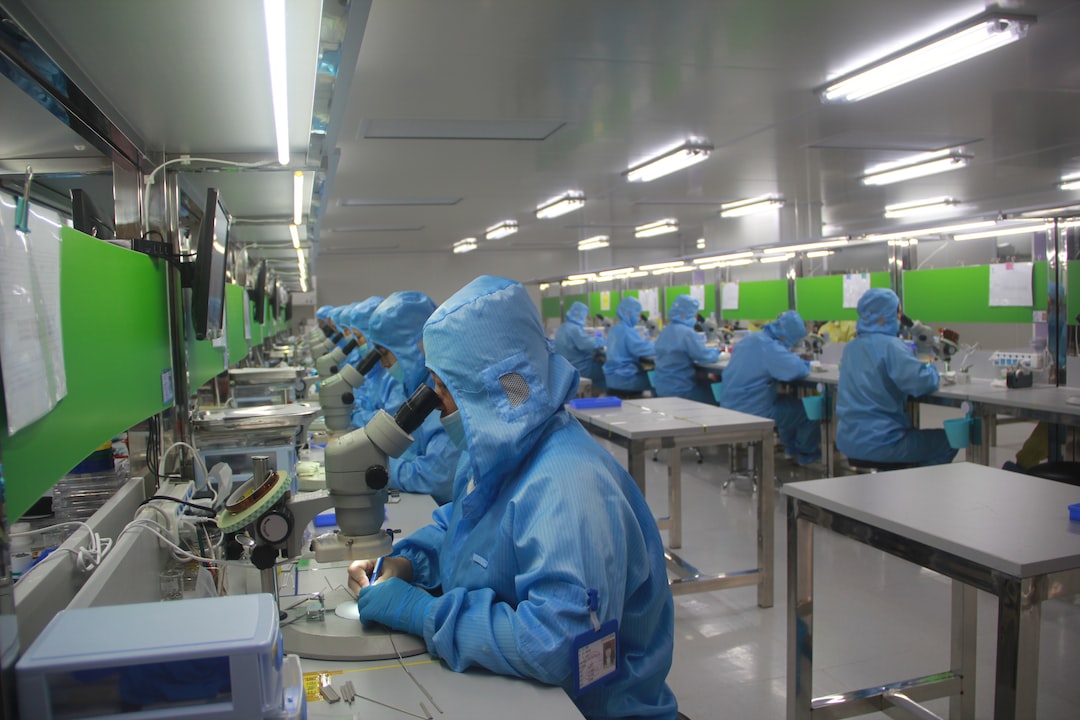The use of robots in manufacturing has come a long way in recent years. While traditional industrial robots have been known for their efficiency and accuracy, collaborative robots, also known as cobots, are revolutionizing the manufacturing industry by introducing a new level of flexibility and human-like interaction.
Collaborative robots are designed to work alongside humans in a shared workspace, enhancing productivity while ensuring the safety of their human counterparts. These robots are equipped with advanced sensors and cameras that allow them to detect the presence of humans and adjust their movements accordingly. This feature allows for a seamless collaboration between humans and robots, opening up a wide range of possibilities in the manufacturing process.
One of the major benefits of collaborative robots is their ability to increase productivity. Unlike traditional industrial robots that are programmed for specific tasks, cobots are highly versatile and can be easily reprogrammed to perform different tasks. This means that manufacturers can quickly adapt to changes in production needs without the need for extensive reconfiguration or downtime. With the help of cobots, manufacturers can significantly reduce lead times, increase production output, and improve overall efficiency.
Another advantage of collaborative robots is their ability to improve the quality of manufactured products. Cobots can be programmed with precise movements and are equipped with sensors that ensure accurate and consistent results. This eliminates the risk of human error and ensures that every product meets the highest quality standards. By minimizing defects and inconsistencies, manufacturers can save time and money on rework and improve customer satisfaction.
Collaborative robots also contribute to a safer working environment. With their built-in safety features, cobots can detect the presence of humans and adjust their movements to avoid collisions or injuries. This eliminates the need for physical barriers like fences or cages, allowing for a more dynamic and efficient workspace. By minimizing the risk of accidents, cobots not only protect workers but also reduce the number of workplace injuries, leading to lower costs for employers.
In addition to these benefits, collaborative robots also offer manufacturers a cost-effective solution. Unlike traditional industrial robots, cobots are typically smaller, easier to install, and require less maintenance. They also often have lower initial costs, making them more affordable for small and medium-sized manufacturers. Furthermore, cobots can be quickly redeployed to different tasks or workstations, providing businesses with the flexibility they need to optimize their production processes.
In conclusion, collaborative robots are transforming the manufacturing industry by introducing a new level of flexibility, productivity, and safety. By working alongside humans, cobots improve production output, enhance product quality, and create a safer working environment. With their cost-effectiveness and versatility, collaborative robots are set to revolutionize the way manufacturers operate, opening up new opportunities for efficiency and growth.

